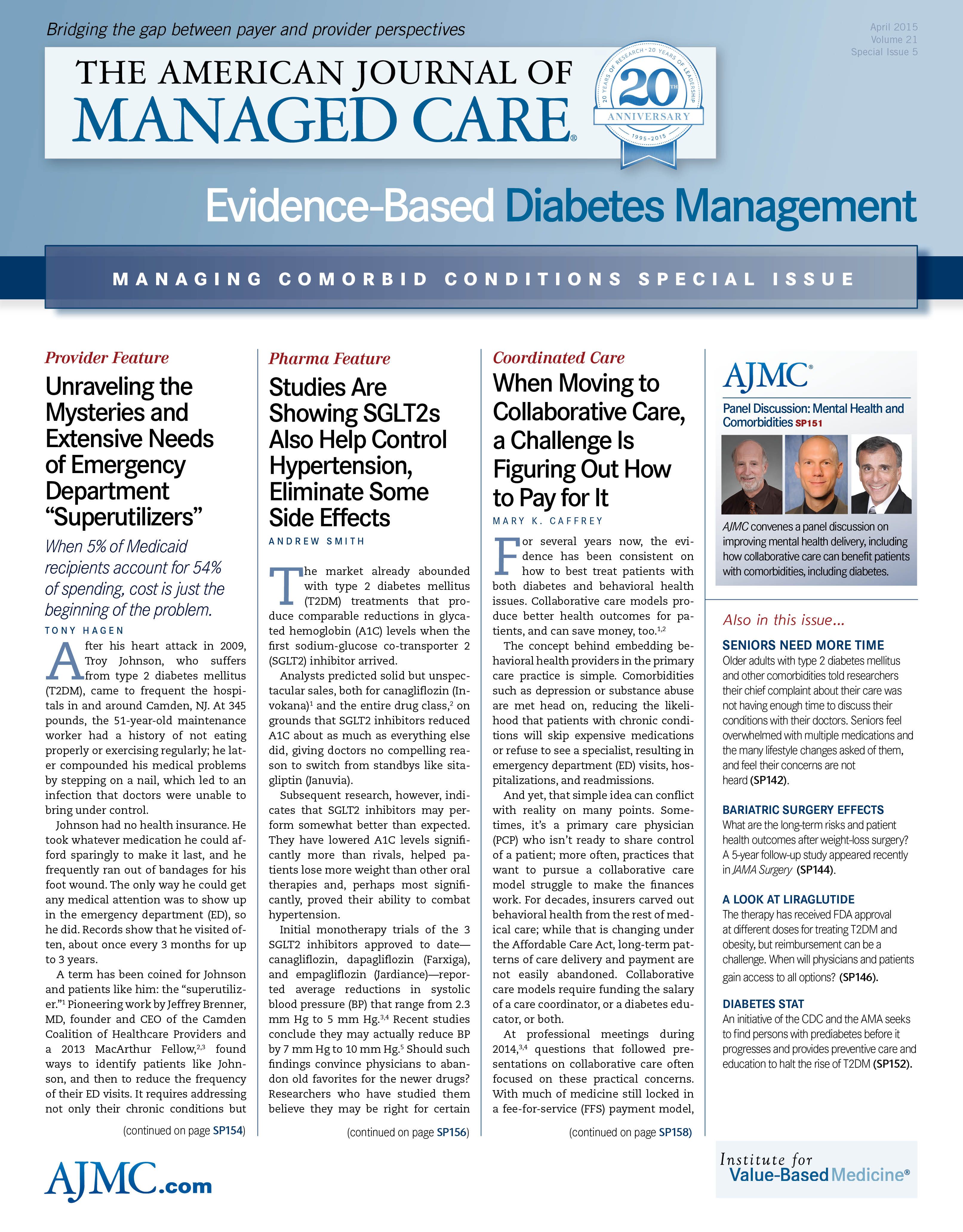- Center on Health Equity & Access
- Clinical
- Health Care Cost
- Health Care Delivery
- Insurance
- Policy
- Technology
- Value-Based Care
TV Watching Appears Worse Than Other Forms of Sitting
Several recent studies have singled out too much TV watching as being associated with a higher risk of all cause mortality and a string of health problems, from diabetes and obesity to colorectal cancer.
If sedentary behavior is less healthy than being active, are some sedentary behaviors unhealthier than others?
Several studies published in the past year have identified excessive television watching as singularly unhealthy compared with long hours in front of a computer or at the wheel of vehicle. However, that may have mostly to do with what people aren’t doing when they’re watching TV.
A study published in June 2014 in the Journal of the American Heart Association found that “Television viewing was directly associated with all-cause mortality,” while computer use and time spent driving were not.1 The study examined a cohort of 13,284 Spanish university graduates with a mean age of 37 years who were followed for an average of 8.2 years. Regression models were used to examine the association between different sedentary behaviors and total mortality.
According to the authors, when television was analyzed as a separate variable, the all-cause mortality incidence rate ratios (IRRs) for each additional 2 hours per day were 1.40 (95% CI, 1.06-1.84). By comparison, the IRRs were 0.96 (95% CI, 0.79- 1.18) for an additional 2 hours a day of computer use and 1.14 (95% CI, 0.90-1.44) for an additional 2 hours of driving, after adjusting for age, sex, smoking status, total energy intake, body mass index (BMI), physical activity, and whether the participants followed a Mediterranean diet.1 The authors were surprised by the results, but noted that they were consistent with studies conducted elsewhere, including those in the United States.
A study published in the British Journal of Cancer in January 2015 found that prolonged television watching was not only associated with diabetes and obesity, but might also be involved with a higher incidence of colorectal cancer.2 An analysis of 31,065 men evaluated the effects of sitting while watching TV—and how time spent sitting affected other leisure activities—on the risk of colorectal cancer.
The study divided the cohort into risk groups based on number of TV hours watched per week: up to 6 hours, 7 to 13 hours, 14 to 20 hours, and 21 hours or more. Prolonged sitting while watching TV was significantly associated with increased risk of colorectal cancer, and adjusting for physical activity or BMI did not change the estimates. The men in the 2 groups that watched the most TV per week had the highest risks of colorectal cancer. With 1.0 as the reference for those watching up to 6 hours per week, the risk ratio (RR) for those watching 7 to 13 hours was 1.09; 14 to 20, 1.16; and 20 or more, 1.10 (however, this last set included a subset of patients with significantly higher risk of developing an adenoma).2
What is it about TV watching, compared with other sedentary behaviors, that is potentially so damaging to one’s health? Researchers who published a study in the July 2014 issue of JAMA Internal Medicine tried to answer that question while investigating a group of women with gestational diabetes mellitus (GDM) who were at high risk of developing type 2 diabetes mellitus (T2DM).3
A cohort of 4554 women from the Nurses’ Health Study II were followed as part of the Diabetes & Women’s Health Study. Physical activity and television watching were assessed in 1991, 1997, 2001, and 2005. Compared with women who maintained the same level of physical activity, the women with GDM who increased their exercise by the equivalent of 150 minutes of moderate activity per week had a 47% lower risk of developing T2DM, and this association remained significant after adjusting for BMI.3
Conversely, as with the British study, the risk ratios (RRs) for T2DM associated with watching television increased along with the number of hours watched per week. With 1.0 as the RR reference for those watching 0 to 5 hours per week, the RR rose to 1.28 for 6 to 10 hours per week, 1.41 for 11 to 20 hours, and 1.77 for 20 hours or more.3 The researchers found that “Time spent watching TV was associated with an increased risk of T2DM. Other sedentary behaviors, such as sitting at work or away from home or driving, and other (types of) sitting at home, were unrelated to T2DM risk.”3
In their paper, the team posited both biological and social explanations for the phenomenon. Physical activity, they wrote, leads to increased insulin-stimulated glucose uptake into active skeletal muscle, which accounts for 80% of disposal. Physical activity may also affect body fat distribution and the loss of visceral fat, which is associated with insulin resistance. Moving, quite simply, prevents weight gain, which is a predictor of T2DM.
It’s not that TV watching causes T2DM per se, but that too much TV watching occupies too many hours that the viewer could spend being more physically active; thus, the authors explain, TV watching is correlated with an overall unhealthy lifestyle. “TV watching acts as a sedentary replacement for physical activity, leading to a reduction in energy expenditure,” they write. “TV watching is associated with ‘mindless’ eating. Finally, while watching TV, women may be influenced by commercial food advertisements.”3
REFERENCES
1. Basterra-Gotari FJ, Bes-Rastrollo M, Gea A, Nunez-Cordoba JM, Toledo E, Martinez-Gonzales MA. Television viewing, computer use, time driving and all-cause mortality: the SUN cohort. J Am Heart Assoc. 2014;3(3):e000864.
2. Cao Y, Keum NN, Chan AT, Fuchs CS, Wu K, Giovannucci EL. Television watching and risk of colorectal adenoma [published online January 15, 2015]. Br J Cancer. doi:10.1038/bjc.2014.655.
3. Bao W, Tobias DK, Bowers K, et al. Physical activity and sedentary behaviors associated with risk of progression from gestational diabetes mellitus to type 2 diabetes mellitus. JAMA Intern Med.2014;174(7):1047-1055.


